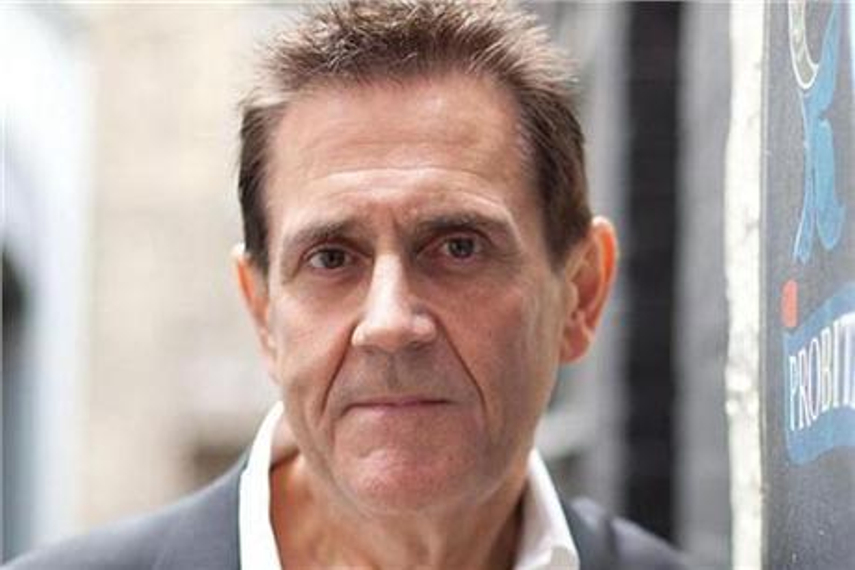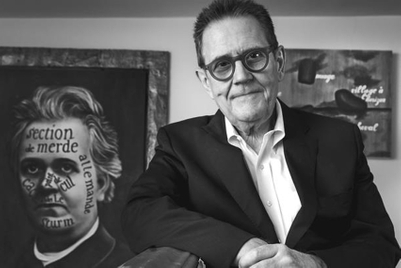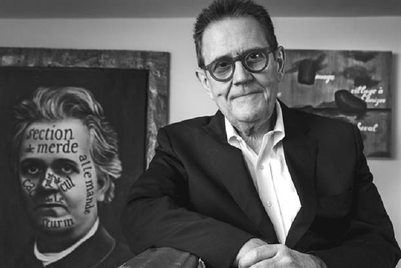“Sine qua non” means “without which, nothing”
One of the things every planner knows is Maslow’s Hierarchy of Needs.
It’s a simple chart: a pyramid.
It describes what a human being needs for survival at various stages.
First is the bottom layer: ‘Physiological’.
This is the basics, which most charts list as: Food. Water. Shelter.
After they’ve got that they move to the second layer, ‘Safety’: Security. Freedom from fear.
After that, they move up to the next layer, ‘Belonging’: Friends. Family.
Once they have that they go to the next layer up, ‘Self-esteem’: Recognition. Respect.
Finally, after they’ve got everything else, they reach the final level, Self-actualisation: Fulfilment.
According to Maslow, that’s the final goal.
But of course you can’t just jump to the top of the pyramid, you have to work your way up.
You can’t have Self Actualisation unless you have Self Esteem.
And you can’t have Self Esteem unless you have a feeling of Belonging.
And Belonging isn’t important until you have Freedom From Fear.
And Freedom From Fear can’t happen without the basics, usually listed as: Food, Water, Shelter.
So the first row, the most basic, is the ‘sine qua non’ – without which nothing.
If you don’t get level one handled you can’t move up to level two.
So that seems pretty obvious, a no-brainer.
Except.
In most versions of that chart I’ve seen, level one is listed as: Food, Water, Shelter.
The most basic physical requirements for life.
It’s typical of the academic mind to make an assumption.
To assume something is so obvious it’s taken for granted.
But when my kids were born I did a St John’s Ambulance course.
I learned basic first aid so that, if I needed to, I could keep my kids alive until I could get them to
hospital.
The main thing they taught me was: attend to their breathing before anything else.
You’ve got a chance of keeping them alive as long as they’re breathing.
If they’re not breathing it doesn’t matter how many bandages or splints you put on.
No breathing = no life.
But most versions of the chart I’ve seen don’t have breathing as the first, most basic, level of
Maslow’s Hierarchy of Needs.
Most versions I’ve seen just assume breathing, it’s taken for granted.
Making assumptions is what academics do.
There are a lot of academics working in advertising.
They make the assumption that people will notice whatever ad we run.
They take it as given.
So they only ever focus on the stuff higher up the pyramid.
But if the advertising doesn’t get noticed nothing else can happen.
Everything has to happen inside the consumers mind.
And if we don’t get noticed we won’t get into their mind.
And we know most advertising doesn’t get noticed.
So all that academic work higher up the pyramid is wasted.
That’s why I think the creative dept should leave the strategy to the marketing dept, the strategists.
I think the creative dept needs to remember its job: to make sure the advertising gets seen and noticed.
Sine qua non.









.png&h=268&w=401&q=100&v=20250320&c=1)
.png&h=268&w=401&q=100&v=20250320&c=1)

